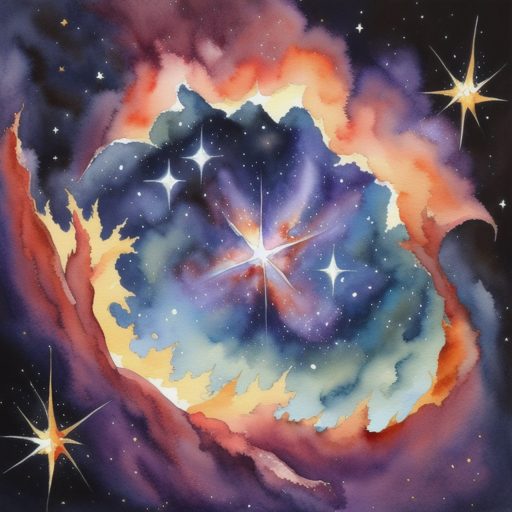
Hubble’s Magical Ancient Star Glimpse!
Recommended for Preparatory Grades
Greetings, fervent absorber of wisdom! Have you ever heard of the super cool Hubble Space Telescope? Well, it just snapped a picture of one of the oldest things in our galaxy! It’s like taking a picture of your great-great-great-great (and a lot more greats) grandparent as a kid! Cool, right?
Alrighty, a long, long time ago (think before dinosaurs, even before your favorite superhero was created), there were these big bunches of stars called globular clusters. One of them is named NGC 6652. And guess what? It’s super old! Like 13.6 billion years old! To give you an idea, if the Universe had a birthday cake, it would have 13.8 candles on it. So, NGC 6652 is almost as old as the Universe itself!
Galactic Starry Secrets!
- Now, let’s get to the juicy stuff. What’s a globular cluster? Imagine a giant glittery ball in the sky, made of millions of stars. That’s a globular cluster! And this one, NGC 6652, is about 30,000 light-years away in a constellation named Sagittarius. If you’re wondering how far a light-year is… well, it’s super-duper far!
- The stars in this cluster are packed together like sardines in a can because they really like each other’s company (okay, it’s really because of gravity, but let’s pretend they’re having a starry party ). And, fun fact, this awesome picture we got was like a collaboration between two teams of scientists using two different cameras. Talk about teamwork!
- These globular clusters help smarty-pants scientists (like maybe you’ll become one day!) learn more about the early days of our galaxy and the entire universe. It’s like looking at an old family photo album for the stars.
- And by studying this cluster, scientists also hope to find out more about what the stars are made of, like carbon, nitrogen, and oxygen – think of it like finding out the secret ingredients in your grandma’s special cookie recipe!
- Alright, final thoughts: If you want to see this beautiful cluster in the night sky, it’s best to check it out from the Southern Hemisphere. And if you’re in the Northern Hemisphere, during summer nights, look for the Great Hercules Cluster, which looks a lot like our superstar NGC 6652.
- So the next time you look up at the night sky and wonder about the stars, remember the ancient star party happening out there and imagine all the cool secrets they might be sharing!
Similar Stories
- Earendel – Hubble seeks a star 28 billion light years from Earth!
- HH 34 Herbig Haro object captured by Hubble Telescope!
- Hubble space telescope captures giant star on the edge of destruction
Curious Times is a leading newspaper and website for kids. We publish daily global news aligned to your learning levels (also as per NEP 2020): Foundational, Preparatory (Primary), Middle and Senior. So, check out the News tab for this. We bring kids’ favourite Curious Times Weekly newspaper every weekend with top news, feature stories and kids’ contributions. Also, check out daily JokesPoke, Tongue Twisters, Word of the Day and Quote of the Day, kids need it all the time.
Curious Times News Program for Schools for FREE. Over 5,000 schools and teachers from all over the world have joined our programme so that students and teachers can get FREE Educative Newspaper. Here, kids can take part in world events and win prizes and certificates for free through their schools.
Moreover, schools are sharing important School News, like interviews with the principal, notices about new students, contests, and results, not just on social media but also on a news website for kids and other schools.
Thus, do not wait any further, sign-up for your school for FREE.
The following social media platforms allow you to communicate with us: WhatsApp, Instagram, Facebook, Youtube, Twitter, and LinkedIn.
0 (Please login to give a Curious Clap to your friend.)
